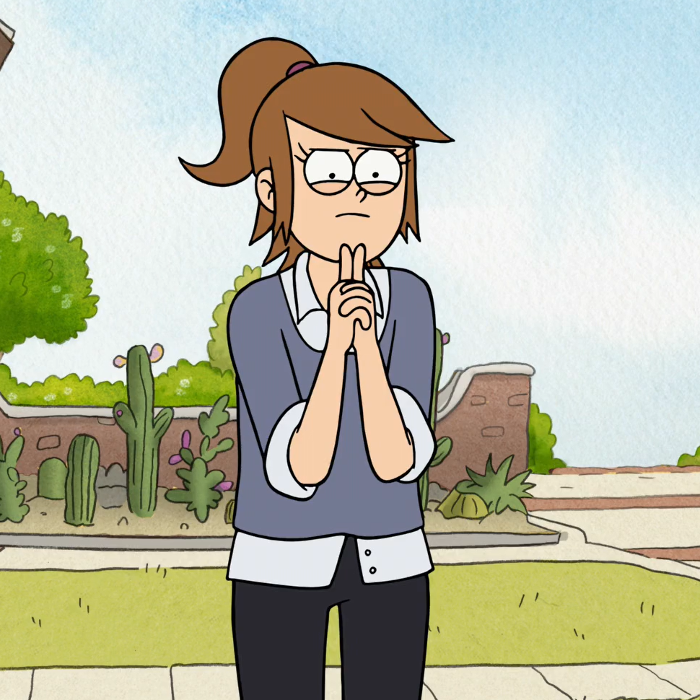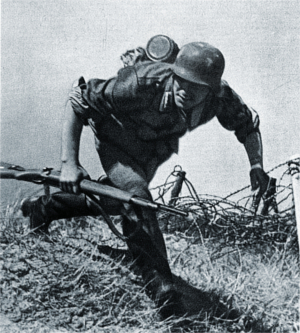[Excerpt]
In the weeks that followed the electoral success of the centre‐right coalition in the 18 April 1948 general elections, and particularly after the attempt on Togliatti’s life, on 14 July 1948, the Italian Republic experienced a wave of judicial repression, marked by hundreds of arrests, prosecutions and disciplinary actions against former partisans, for acts committed during the war for liberation which took place between 1943 and 1945.
Certainly, in the phase of transition, post 1945 and up to the spring of 1947 (with the ousting of the Left from De Gasperi’s cabinets of national unity), hundreds of partisans were charged for homicide of fascists, requisitions of weapons, and attacks and sabotage on the German invaders.
During this phase, guilty verdicts against partisans by the Italian post‐war courts were strongly linked with the trials against [Axis] collaborators and the larger failure to purge Italy after the fall of Fascism. The main feature of the so‐called ‘trial of the Resistance’ is that it was conducted exclusively by the same judges who had served during the Fascist period and who applied the provisions of the 1930 Fascist Penal Code.
In addition, while special legislation and courts tried individuals for crimes linked with collaboration, trials against partisans were made possible because of the continued use of laws emanated during the fascist régime; laws that denied the political justification of partisan actions during the war and defined such actions as robberies, extortions, private vendetta, unlawful entry and homicide.
Up until the second half of the 1950s, trials against partisans involved hundreds of thousands of accused. Judicial prosecution against communist and communist inspired partisan groups was certainly a political as well as a judiciary phenomenon.
It is not only proof of the ‘continuity of the State’ and of the power fascists and collaborationists maintained within the state administration, but it is also symbolic of the conflict between ‘reform’ and ‘conservation’, and moderate–conservative and socialist–communist political forces within Italian society in the 1950s.
Even though it was carried out within a formal democracy, the ideological conflict between the main parties (especially the Christian Democratic Party and the Communist Party) was translated into a phenomenon of intimidation and the repression of dissent and political participation.
The socio‐political context was that of a country which had just passed through a fascist dictatorship and maintained an open conflict characterized by questioning the real democratic nature of the adversary, in order to prevent legitimization of the opposition.
The number of victims injured during demonstrations with the police, the numerous arrests of activists, political and trade union and communist leaders seem to attest to this attempt to silence any opposition. In other words, in this period Italy was a country that felt like it was on the verge of a second civil war.
Because of the perceived danger that communist partisans could go ahead and start a revolution, the De Gasperi government tried to respond to such alleged threat by tackling what he saw as the roots of the problem: poverty and need for social reform as well as by brutally repressing any opposition and by maintaining public order at all costs.
[…]
In the case of Via Rasella, Catholic propaganda from 1944 was used during the electoral campaign of 18 April 1948 in order to shift Italian public opinion towards criticism of the communist resistance and, consequently, to delegitimise the PCI as a credible political force in a democratic system. This reading of history was validated by the neo‐fascist MSI (Italian Social Movement), which tried to ally itself with centrist governments with a view to enlarging the government’s majority.
The neo‐fascists supported, for example, the journalistic campaign launched by moderate and conservative newspapers around the issue of missing Italian prisoners of war still inside the USSR. In this way, the neo‐fascists carved out a space within the panorama of republican politics as ‘healthy parts’ of the nation, against both the Soviet enemies overseas and the communist partisans as proponents of a totalitarian, anti‐democratic doctrine at home.
Between 1948 and 1953, with the release of important exponents of the old fascist régime from prison, such as Renato Ricci (ex‐head of the GNR) and Marshal Rodolfo Graziani (who became honorary president of the MSI), there was greater convergence between the appeal for reconciliation put forth by neo‐fascists in the name of defence of the country from the ‘red threat’, and the spirit of reconciliation which inspired exponents of the Christian Democrat Party.
(Emphasis added.)

